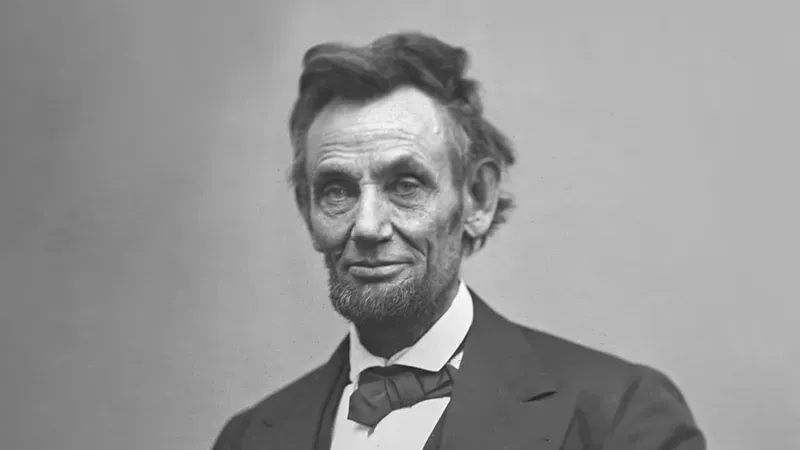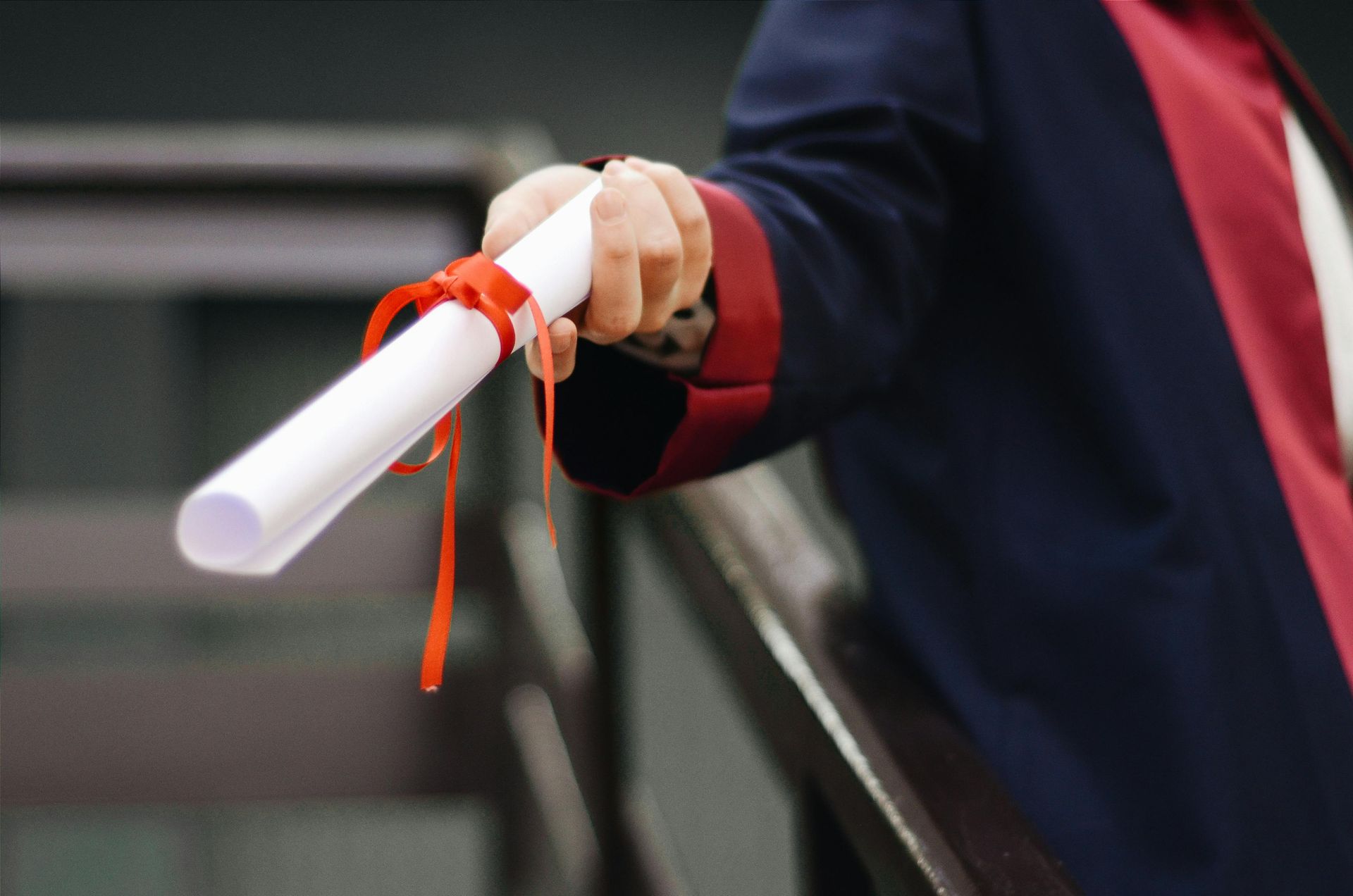Nib of the Week
Writing Tips for Young Conservatives from Inkling Communications

December 12, 2025
The corollary to last week’s Nib — Nib #100 The Magic Trick — is that in addition to reading their work out loud, writers should also read it as other people. First and foremost, they should read it aloud as their audience. Remember, everything you write is written for someone else. To write compellingly or persuasively, you have to zero in on the people you’re writing for . How old are they? How educated? Where are they from? What are their politics, religious views, or interests? When you read your work out loud, put yourself in their shoes. What do you hear? Is your word choice appropriate? Is your sentence structure clear? Will they get your references and jokes? Will they share your priors or bristle at them? Will they connect the dots you want them to, or find your logic discordant? To write effectively, you have to tailor your writing to your intended audience — whoever it is. So when you edit your work, don’t just read it out loud as yourself, valuable as that practice is. Also read it out loud as the audience — they’re the ones who really matter, after all. Until next week… keep writing!

December 5, 2025
Ok, here it is — for Nib #100 — the single best writing tip anyone can ever give you. If you want to improve a piece of writing — a whole draft, a paragraph, or even just a sentence — read it out loud. Human beings are hard wired for talking and listening, not writing and reading. So when you edit and revise your work, read it out loud. Your ears will hear what your eyes won’t see. You’ll hear mistakes that you’d otherwise miss. More than that, you’ll hear things that aren’t necessarily wrong, but could be better. Overlong sentences, imperfect word choices, and extraneous phrases that may look fine will — when read aloud — clang in your ears like false notes. It’s like a magic trick. Even if you’re not sure why something needs to be changed, you’ll it sounds wrong and change it. No matter how good or bad your writing is, reading it loud will help you make it better: guaranteed, and right away. Until next week… keep writing!

November 28, 2025
If you’ve ever wondered when it might be advantageous to write in the passive voice, check out President Abraham Lincoln’s first Thanksgiving Day proclamation from 1863. It’s all about the blessings that Americans — despite the horrors of the Civil War — still have to be grateful for. But notice how passively Lincoln catalogs them: “peace has been preserved with all nations” “order has been maintained” “the laws have been respected and obeyed” “harmony has prevailed” “population has steadily increased” “mines… have yielded even more abundantly” Notice what’s missing in all these passive phrases and intransitive verbs? Why, the chief executive whose deft leadership delivered this bounty to the American people! Passive writing distances actors from their actions. It helps scoundrels avoid culpability, as in, “Mistakes were made.” And it helps clever leaders insinuate their own merits without directly trumpeting them, as in, “Thank heavens our nation has been so uncommonly prosperous, respected, and happy during my presidency.” That is what the passive voice can be good for: blame avoidance and humblebragging. Until next week… keep writing!

November 21, 2025
There are no great films about writing. It’s understandable. Writing isn’t very cinematic. So movies “about writing” tend to glaze the grind in sentimentality (like Finding Forester ) or hide it in weirdness (like Adaptation ). But we don’t actually need a great movie about writing. Because there is one great movie scene that covers the subject. A few minutes into A River Runs Through It , we get a 90-second vignette of future author Norman Maclean learning how to write under his minister father’s tutelage. It’s the best:

November 14, 2025
When it comes to reading and writing, the kids aren’t alright. According to a viral essay last spring, “The Average College Student Is Illiterate." And it’s not just anecdata. A 2024 study found a majority of English majors could not understand the first seven paragraphs of Charles Dickens’ Bleak House . A record low 35 percent of last year’s high school seniors (today’s college freshmen) read at grade proficiency. On the other hand, U.S. students’ writing has gotten so bad the government stopped testing it. The almost unthinkable truth is that most of Gen Z is functionally illiterate. There’s a lot to say about all this. But the first thing is: it’s not their fault. It’s ours. It’s adults’ responsibility to teach children how to read and write. For a long time now, society has shirked that responsibility. We’re the ones who gave kids phones, tolerated their overuse, and let schools get away with not teaching them. Gen Z didn’t fail. We failed them. But the Nib always looks for the sunny side of the data. And in this case, it’s right there for any student or young professional to see. Here are two, potentially career-making facts hidden in the dysfunction: 1. In a low-literacy labor market, people who can read and write will possess a rare and lucrative skill. 2. Just a little bit of practice — as little as 30 minutes of thoughtful reading and writing a day — can turn any Zoomer into a comparative Homer among his peers. There is still plenty of time for students and young professionals to turn their generational betrayal into an opportunity. The handful of Zoomers who don’t need ChatGPT to write for them are going to own the future. Until next week… keep writing!

November 7, 2025
One of the challenges young writers today face when trying to improve their craft is they don’t know quite what to aim for. They may know good writing when they read it. But schools nowadays rarely teach students what makes a piece of writing good. So most young writers are left to figure it out on their own. But they don’t have to! About a century ago, the Kansas City Star newspaper tried to solve this problem by laying out 110 rules to guide its reporters’ writing. One of those reporters was young Ernest Hemingway, who ever after credited his spare, clean style with his old boss’s rules. “Use short sentences. Use short first paragraphs. Use vigorous English. Be positive, not negative.” What’s not to love?! If you’ve ever just wanted all the rules of good writing on one sheet of paper you can pin up on a bulletin board above your desk, here you go :
Sign up here to receive a new Nib every Friday
Sign up here to receive a new Nib every Friday
Thank you for registering for Nib of the Week notifications. Check your inbox every Friday!
Oops, there was an error registering. Please try again.

December 12, 2025
The corollary to last week’s Nib — Nib #100 The Magic Trick — is that in addition to reading their work out loud, writers should also read it as other people. First and foremost, they should read it aloud as their audience. Remember, everything you write is written for someone else. To write compellingly or persuasively, you have to zero in on the people you’re writing for . How old are they? How educated? Where are they from? What are their politics, religious views, or interests? When you read your work out loud, put yourself in their shoes. What do you hear? Is your word choice appropriate? Is your sentence structure clear? Will they get your references and jokes? Will they share your priors or bristle at them? Will they connect the dots you want them to, or find your logic discordant? To write effectively, you have to tailor your writing to your intended audience — whoever it is. So when you edit your work, don’t just read it out loud as yourself, valuable as that practice is. Also read it out loud as the audience — they’re the ones who really matter, after all. Until next week… keep writing!

December 5, 2025
Ok, here it is — for Nib #100 — the single best writing tip anyone can ever give you. If you want to improve a piece of writing — a whole draft, a paragraph, or even just a sentence — read it out loud. Human beings are hard wired for talking and listening, not writing and reading. So when you edit and revise your work, read it out loud. Your ears will hear what your eyes won’t see. You’ll hear mistakes that you’d otherwise miss. More than that, you’ll hear things that aren’t necessarily wrong, but could be better. Overlong sentences, imperfect word choices, and extraneous phrases that may look fine will — when read aloud — clang in your ears like false notes. It’s like a magic trick. Even if you’re not sure why something needs to be changed, you’ll it sounds wrong and change it. No matter how good or bad your writing is, reading it loud will help you make it better: guaranteed, and right away. Until next week… keep writing!

November 28, 2025
If you’ve ever wondered when it might be advantageous to write in the passive voice, check out President Abraham Lincoln’s first Thanksgiving Day proclamation from 1863. It’s all about the blessings that Americans — despite the horrors of the Civil War — still have to be grateful for. But notice how passively Lincoln catalogs them: “peace has been preserved with all nations” “order has been maintained” “the laws have been respected and obeyed” “harmony has prevailed” “population has steadily increased” “mines… have yielded even more abundantly” Notice what’s missing in all these passive phrases and intransitive verbs? Why, the chief executive whose deft leadership delivered this bounty to the American people! Passive writing distances actors from their actions. It helps scoundrels avoid culpability, as in, “Mistakes were made.” And it helps clever leaders insinuate their own merits without directly trumpeting them, as in, “Thank heavens our nation has been so uncommonly prosperous, respected, and happy during my presidency.” That is what the passive voice can be good for: blame avoidance and humblebragging. Until next week… keep writing!

November 21, 2025
There are no great films about writing. It’s understandable. Writing isn’t very cinematic. So movies “about writing” tend to glaze the grind in sentimentality (like Finding Forester ) or hide it in weirdness (like Adaptation ). But we don’t actually need a great movie about writing. Because there is one great movie scene that covers the subject. A few minutes into A River Runs Through It , we get a 90-second vignette of future author Norman Maclean learning how to write under his minister father’s tutelage. It’s the best:
Sign up here to receive a new Nib every Friday
Sign up here to receive a new Nib every Friday
Thank you for registering for Nib of the Week notifications. Check your inbox every Friday!
Oops, there was an error registering. Please try again.

